Huawei’s Comeback A Victory Over US Sanctions
Chinese tech giant Huawei, once a hallmark of innovation, faced daunting challenges following the imposition of strict US sanctions. However, the company did not crumble under pressure. Instead, Huawei adapted to the new geopolitical landscape, reshaped its business strategy, and is now on the verge of reaffirming its place as a global technology leader. Based on preliminary data and leadership statements, Huawei's upcoming annual reports are poised to showcase the company’s resilience and groundbreaking achievements over the past year.
The Impact of US Sanctions on Huawei
The US sanctions, introduced in 2019, posed a serious threat to Huawei's business operations. Key measures included restrictions on access to US technologies and components—especially semiconductors—alongside the ban on using Google services, which significantly affected the company’s consumer electronics segment.
Major Consequences of the Sanctions
1. Reduced operations in global markets.
2. A nearly 50% decline in revenue from the smartphone business.
3. Challenges in sourcing critical components, particularly chips.
Despite these setbacks, Huawei demonstrated its adaptability by shifting focus to the domestic market and diversifying its revenue streams.
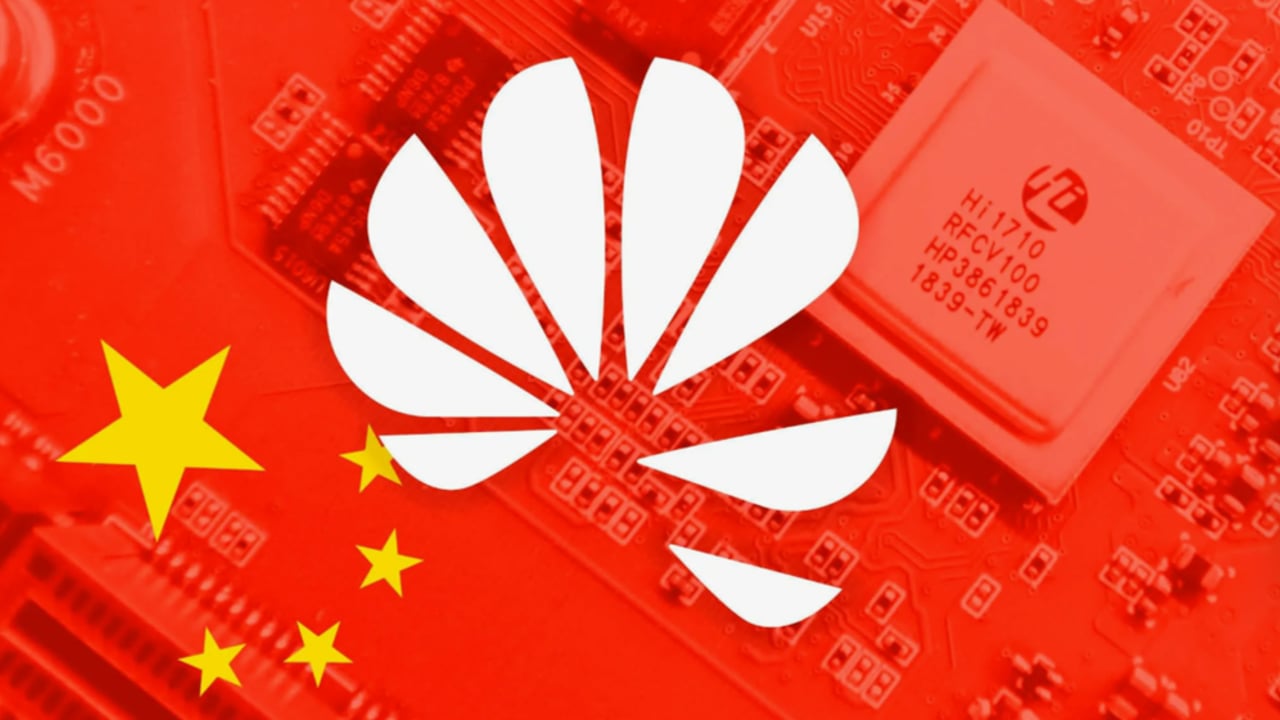
Huawei’s Achievements Amid Adversity
Rather than remaining in a “survival mode,” Huawei initiated a series of strategic efforts to regain its competitive edge. Key advancements in software development, domestic chip manufacturing, and growth in emerging sectors such as intelligent transportation systems were instrumental in this process.
Key Areas of Success
- Software Development: Huawei has heavily invested in creating its own operating system—HarmonyOS—and innovative software solutions for various industries.
- Semiconductor Advancements: While facing chip supply constraints, the company has made significant strides toward developing its own manufacturing capabilities.
- Intelligent Transportation Systems: Huawei has shown remarkable growth in this sector, which has become a major pillar of its ongoing success.
Huawei’s Financial Stability
According to reported data, Huawei’s total revenue for 2023 reached 860 billion yuan (USD 118 billion), closely mirroring its pre-sanction peak of 891 billion yuan in 2020. These figures underscore the company’s recovery and stabilization after the initial shock of US trade restrictions.
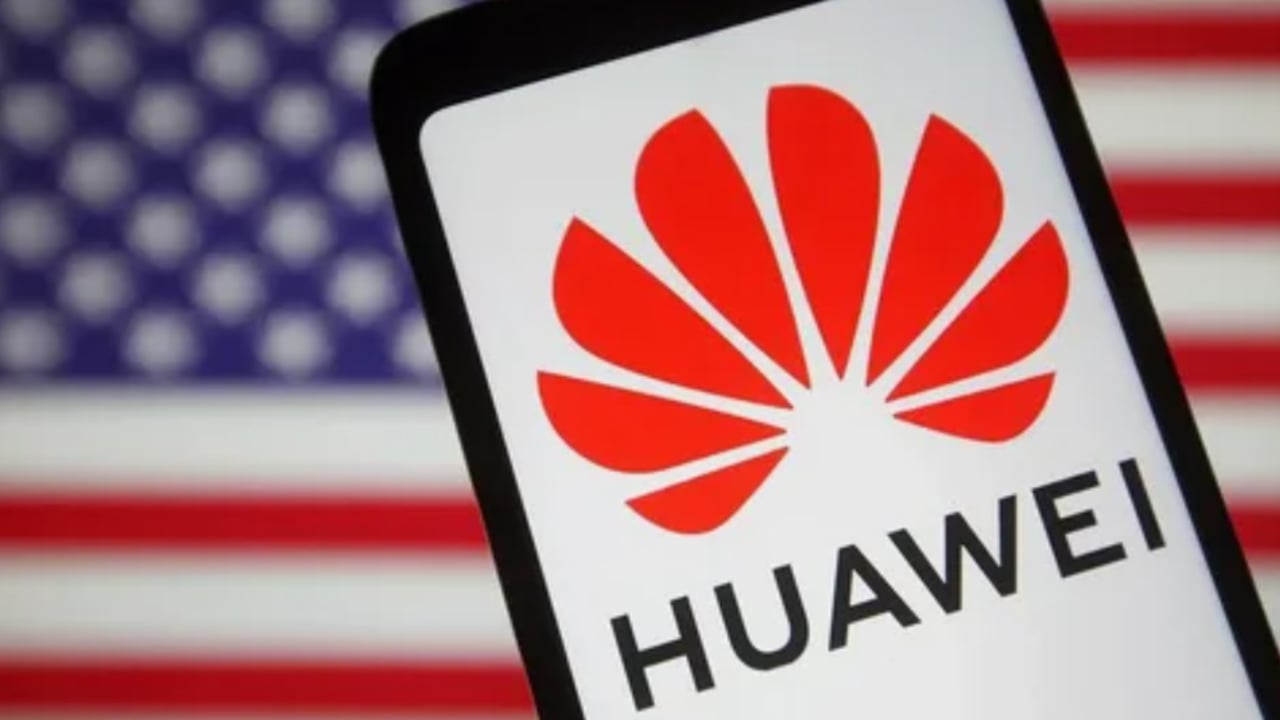
Key Financial Highlights for 2023
1. Revenue stabilization driven by business diversification and new growth areas.
2. Maintaining revenue levels close to pre-sanctions performance.
3. A 13.7% year-on-year decline in net profit over a nine-month period, reflecting initial challenges but showcasing resilience.
The company has also hinted at its 2024 revenue projections, signaling strong confidence in its long-term strategy.
Prospects for Future Growth
Huawei’s success in overcoming a challenging geopolitical and market environment is not limited to its financial recovery. The company continues to invest in cutting-edge technologies, maintaining leadership in areas like 5G infrastructure, artificial intelligence, and cloud computing.
Key Growth Areas
- Expanding the use of proprietary software and platform solutions.
- Integrating innovative technologies into industrial and transportation systems.
- Accelerating research and development in domestic semiconductor production.
Intelligent Transportation as a Growth Engine
One of Huawei’s standout achievements is its progress in the intelligent transportation systems (ITS) sector. By leveraging its expertise in artificial intelligence and data analytics, the company has created solutions for smart traffic management, infrastructure automation, and electric vehicle services.
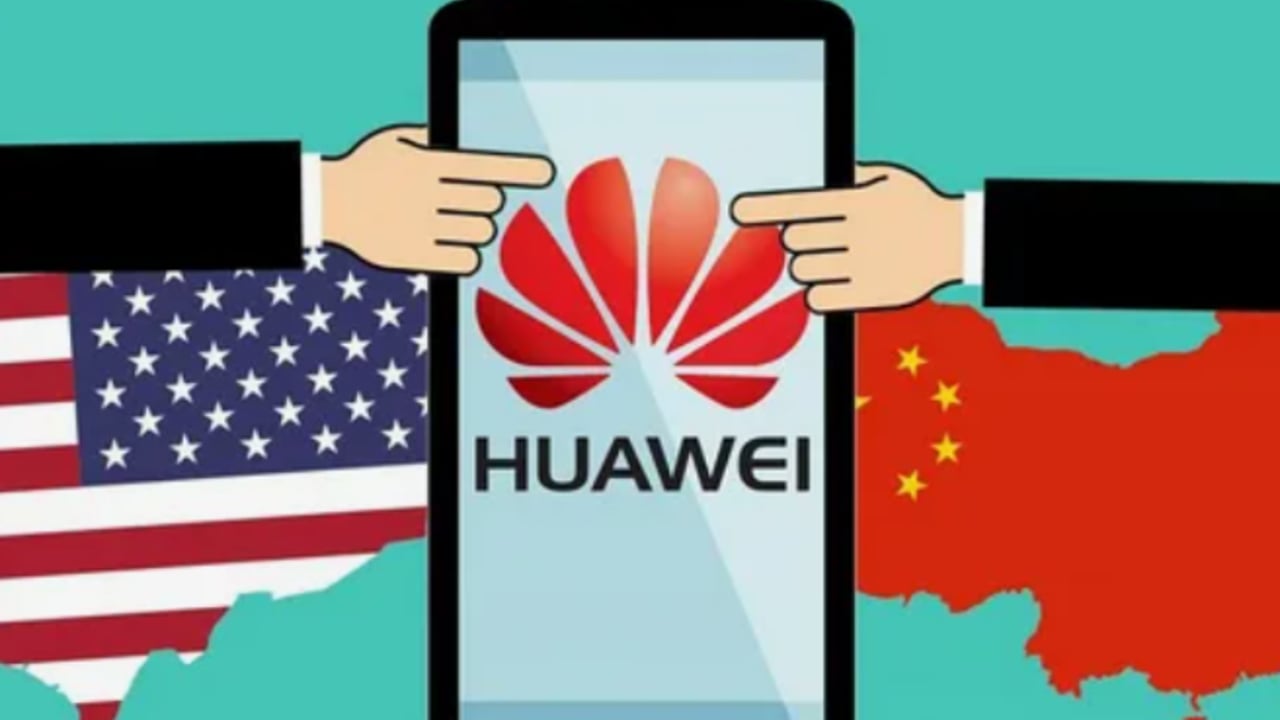
Distinguishing Features of Huawei’s ITS Solutions
- AI-driven traffic flow analysis and management.
- Solutions tailored to smart cities and modern transportation networks.
- An expanding presence beyond China in global markets.
Software Development as a Cornerstone of Huawei’s Independence
The launch of HarmonyOS marked a crucial milestone in Huawei's path to technological independence. This operating system has applications beyond mobile devices, extending to smart TVs, wearables, and other smart home technologies.
Key Features of HarmonyOS
- A universal architecture suitable for a wide range of devices.
- Developer-friendly design that fosters ecosystem growth.
- A rapidly expanding global ecosystem of hardware and software integrations.
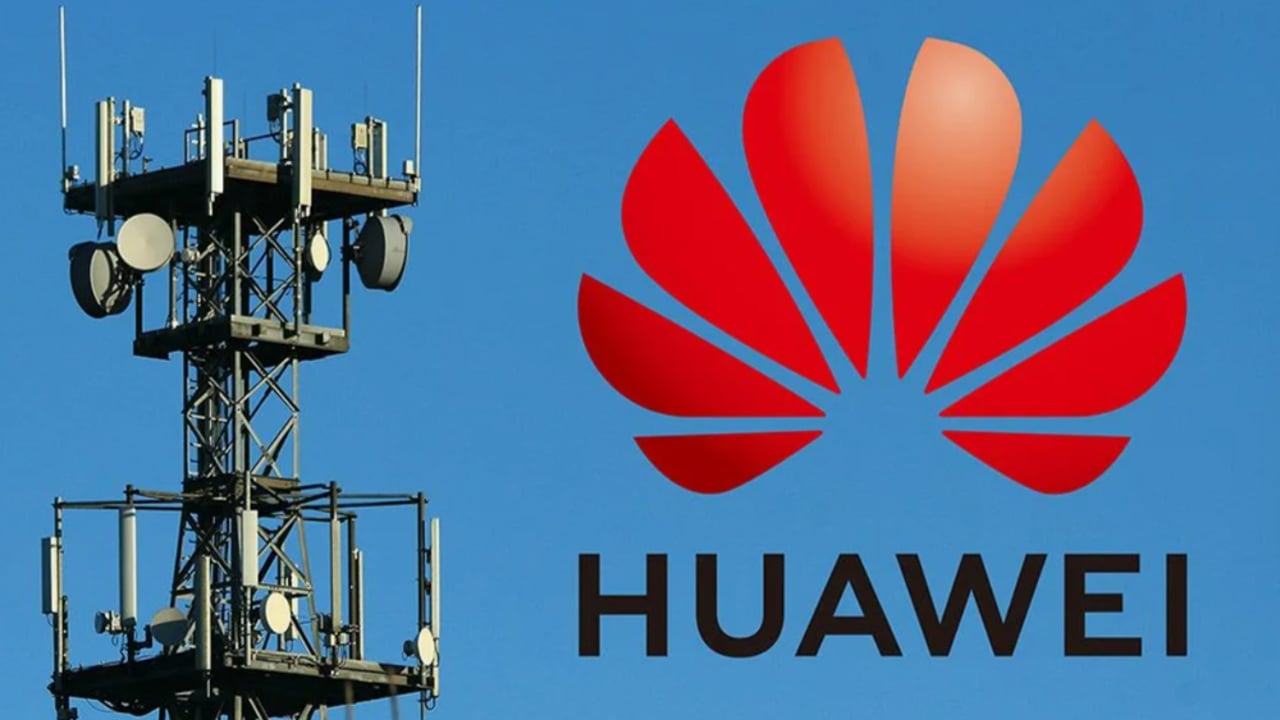
Conclusion
Huawei’s strategic initiatives to rebuild and innovate in the face of unprecedented challenges have truly paid off. Successes in semiconductor research, software development, and diversification of revenue streams—particularly in the intelligent transportation sector—underscore the company’s ability to weather adversity. While financial instability initially characterized the years following the sanctions, Huawei’s current position reflects a company that has not just survived but thrived.
Moving forward, Huawei will likely serve as a prime example of how a tech company can adapt to changing circumstances and emerge stronger. Its continued progress will be a key point of interest in the global technology market.









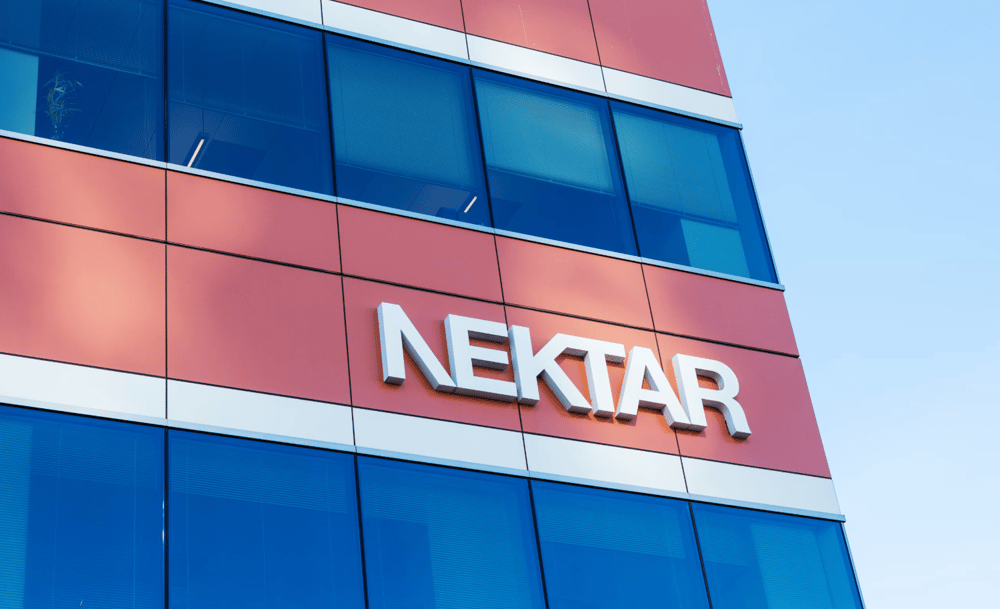

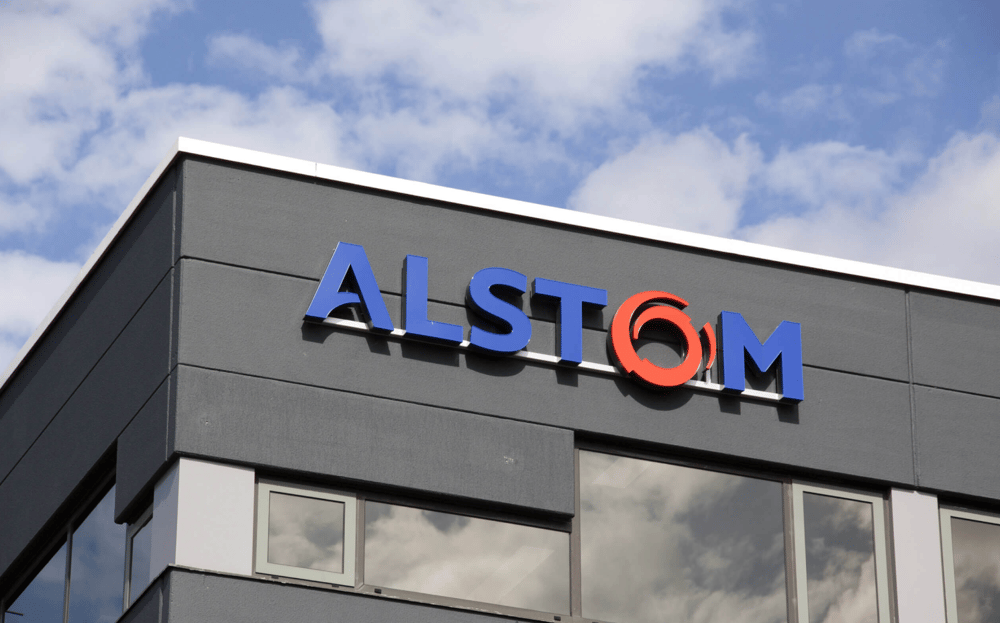



Comments